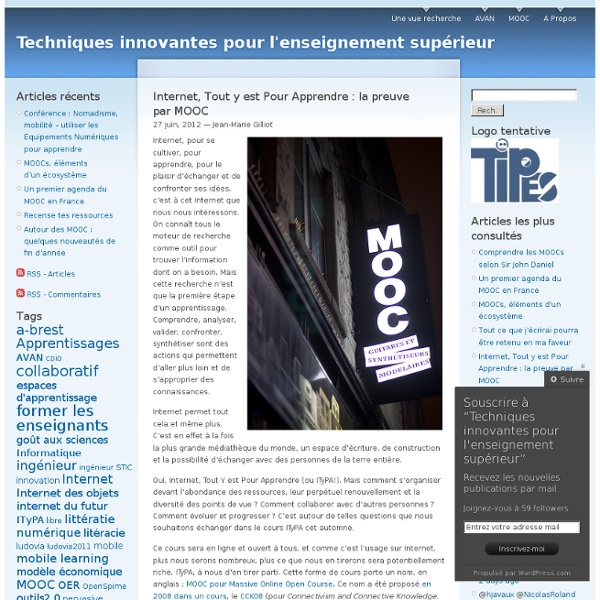In networks, cooperation trumps collaboration
In networks, cooperation trumps collaboration. Collaboration happens around some kind of plan or structure, while cooperation presumes the freedom of individuals to join and participate. Cooperation is a driver of creativity. collaboration means ‘working together’. We are only beginning to realize how we can use networks as our primary form of living and working. Wirearchy: a dynamic multi-way flow of power and authority based on information, knowledge, trust and credibility, enabled by interconnected people and technology. Heterarchies are networks of elements in which each element shares the same “horizontal” position of power and authority, each playing a theoretically equal role [wikipedia]. Chaordic refers to a system of governance that blends characteristics of chaos and order. Combine the TIMN perspective with the Cynefin framework, and I created this table, looking at how work gets done: Detailed roles and job descriptions are inadequate for work at the edge.
Illuminating the dark matter of social neuroscience: Considering the problem of social interaction from philosophical, psychological, and neuroscientific perspectives
1Berlin School of Mind and Brain, Institute for Philosophy, Humboldt-Universität zu Berlin, Berlin, Germany2Center for Subjectivity Research, University of Copenhagen, Copenhagen, Denmark3Department of Social Neuroscience, Max Planck Institute for Human Cognitive and Brain Sciences, Leipzig, Germany Successful human social interaction depends on our capacity to understand other people's mental states and to anticipate how they will react to our actions. Despite its importance to the human condition, the exact mechanisms underlying our ability to understand another's actions, feelings, and thoughts are still a matter of conjecture. Here, we consider this problem from philosophical, psychological, and neuroscientific perspectives. Keywords: mentalizing, online/offline social cognition, second-person perspective, simulation, social interaction, social neuroscience, stimulus independent thoughts, theory-theory Received: 29 February 2012; Accepted: 07 June 2012;Published online: 21 June 2012.
What is Connected Learning
Ninth-grader Charles Raben has seen first-hand that by connecting the many spheres of his life -- peers, interests and academic pursuits -- new learning experiences can and will present themselves in both organized and unstructured ways. In the summer of 2012, Charles utilized his photography skills and the petition website Change.org to capture and share the story of Jerry Delakas, a longtime local newsstand operator who was in danger of losing his New York City license over a technicality. "I wanted to have that experience of creating change myself." The petition-making process proved to be a life-changing learning experience for the teen. You can view more Connected Learning Case Studies and Personal Stories right here on connectedlearning.tv.
Utilisation en classe
Cette sélection - non exhaustive - présente des outils numériques utilisables à des fins pédagogiques, en classe, avec les apprenants. Ils vous permettent de communiquer sur des modes innovants et de travailler plus facilement selon une approche actionnelle dans le cadre des Sections européennes ou de langues orientales (SELO), comme y incite le Cadre européen commun de référence pour les langues. Outils de communication visuelle Tableau Numérique Interactif - Dans le Café pédagogique mensuel Allemand, Christophe Jaeglin propose un article avec des pistes pour utiliser le TBI en classe de langue, d'allemand en particulier : document est un tutoriel élaboré par Raphaël Boutter, du lycée de Navarre à Saint-Jean-Pied-de-Port, dans le cadre d'un stage académique de formation de l'académie de Bordeaux sur l'utilisation d'un TNI. Slideshare Cet outil est accessible sur inscription, gratuite.




Itypa - 2 grands types de MOOC by laurajoyce Jan 9